Despite being in the midst of the Overwatch League offseason—and a holiday week for Americans—there’s a lot going on in Overwatch. Contenders teams worldwide are just kicking off the third 2018 season. Rosters continue to change as Overwatch League teams scout new players and fill up their rosters ahead of the Dec. 1 deadline, the date at which players must have eight players minimum. (Teams can continue signing players after Dec. 1, until an unannounced deadline.)
Elsewhere in the competitive scene, the Overwatch community is debating the state of the game. Pro players, streamers, and casual players alike have been engaged in debate over whether Overwatch is good or not—offering up opinions for what Blizzard needs to do to keep the scene alive. There’s no one answer here; no simple fix will appease all fans and players.
A lot happened over the past week while Americans were eating turkey and mashed potatoes. (Hope you’ve saved some for a Thanksgiving leftovers sandwich this week.) Here are the important stories you might have missed over the holidays.
Overwatch went free-to-play for a week
Overwatch went free-to-play from Nov. 20 to 26—it’ll remain free through the end of the day, Blizzard said. Anyone who joins the Overwatch community after participating in the free week will be able to keep any progress made after buying the game. And there’s no better time to buy the game, too: It’s available for pretty cheap for a short while longer.
Guangzhou Charge announces Overwatch League team
China’s teal-clad Overwatch League team announced its 2019 lineup on Nov. 22. It’s a mixture of South Korean, American, British, and Chinese players. It’s an interesting mixture, with four standard DPS players, four supports, a flex player, and a tank player. Of course, a few of those DPS players can—and likely will—flex over to tanks when needed. With 10 players currently signed to the team, Guangzhou can sign more tanks, if the DPS players can’t flex to tank.
Mixed language rosters have had, well, mixed results in the Overwatch League. It worked for Philadelphia Fusion, the most mixed-language roster in the first season. But it was detrimental for Shanghai Dragons, which saw a huge communication breakdown between its Chinese and Korean players. How Guangzhou will approach this challenge will determine whether the team works, or not.
Overwatch Contenders kicks off in Korea, Asia-Pacific, and South America
Overwatch’s minor league started its third season in Korea, Asia-Pacific, and South America over the past week, joining Australia, China, and Europe. North America is the only Overwatch Contenders region that hasn’t begun yet, but that’ll change as early as tomorrow, when North American play begins. Overwatch Contenders is more than just something to watch in the Overwatch League’s off-season; it’s where new talent is developed and where we meet the Overwatch League’s future stars.
Because Contenders is typically on a quicker patch schedule over the Overwatch League, it’s where new strategies are practiced and developed.
“The State of Overwatch”
Everyone has an opinion on the state of Overwatch’s competitive scene, whether that means ranked or pro play. The whole debate was kicked off by former Overwatch League pro player Brandon “Seagull” Larned; it’s all centered around the idea that the highs are too high and the lows are too low. There’s no “normal,” baseline experience, Seagull argued, describing the competitive queue as a “coinflip” towards good or bad.
There are a couple reasons for this experience that Seagull laid out in the YouTube video. The problem is within a few design points, Seagull said—the first of which is with Overwatch’s hard counters, which make team composition innovation a problem. Overwatch went from having depth and nuance in hero picks, Seagull said, but now there’s just too much to lose from hard counters. There was once multiple ways to counter heroes and team compositions, but some of the newer heroes like Brigitte challenge innovation. Seagull said this problem “promotes toxicity” between teammates, since teams are focused purely on hero choice over actual gameplay.
Other problems include a lack of publicly-available statistics and the importance of ultimates. Blizzard has been hesitant to add player statistics to the game. Statistics are limited to Overwatch’s medals, which determine the ranking of players that get the highest number of kills, healing, and objective time. Overwatch’s statistics aren’t detailed enough to really get a grasp of who did well and who didn’t, Blizzard’s said that’s by-design as a way to decrease toxicity.
Hero design is also a problem for Seagull, with far too many heroes with crowd-control abilities. (Blizzard has since said it’ll begin figuring out how to decrease the impact of crowd-control heroes.) He mentioned that Blizzard has strayed too far from a standard FPS design; there can still be interesting play on the pro level, because crowd-control relies heavily on your team having to save you. But it makes for a frustrating ranked experience, because there’s no guarantee on who you’re playing with—or if they even want to work as a team.
A lot of players relate to Seagull’s experience, but there’s been some pushback to certain complaints. Overwatch, as an ability-based game, relies on some sort of variance in the hero design. In fact, Overwatch as something that’s beyond a purely FPS experience is what draws a new fan-base to the game. There are more ways to contribute than to just shoot things. Of course, that’s not what Seagull is arguing for—but the discussion of what Overwatch is for different communities is a valuable one to have.
Pro Overwatch players are cool
Streetwear blog Hypebeast ran a feature about the Overwatch League’s fashion-forward players of Seoul Dynasty. There’s a whole interview with the Seoul Dynasty team, both in Korean and English, that focused on the players as tastemakers and fashion icons. Esports is looking to capitalize on the “cool” of streetwear and sneakerhead culture as a way to inject status and personality into the league. It’s something we wrote about in-depth after Overwatch League’s July grand finals, when London Spitfire walked on the Barclays Center stage wearing nearly $6,000 in sneakers.
Likewise, teams are selling licensed merchandise in collaboration with definitively cool brands, like Champion and UNDEFEATED. Limited time merchandise runs make the gear exclusive, upping the status associated with acquiring it. It’s a refreshing take on esports merchandise, which was often limited to loud, “juvenile” jerseys that don’t appeal to esports widening audience.



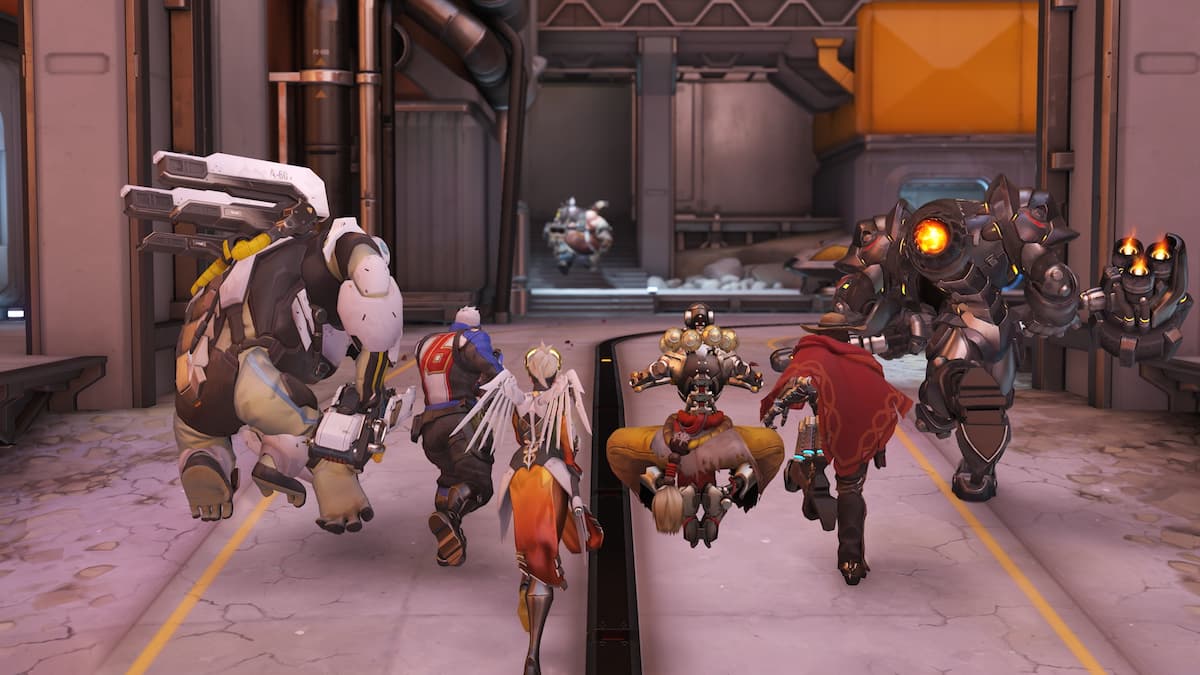

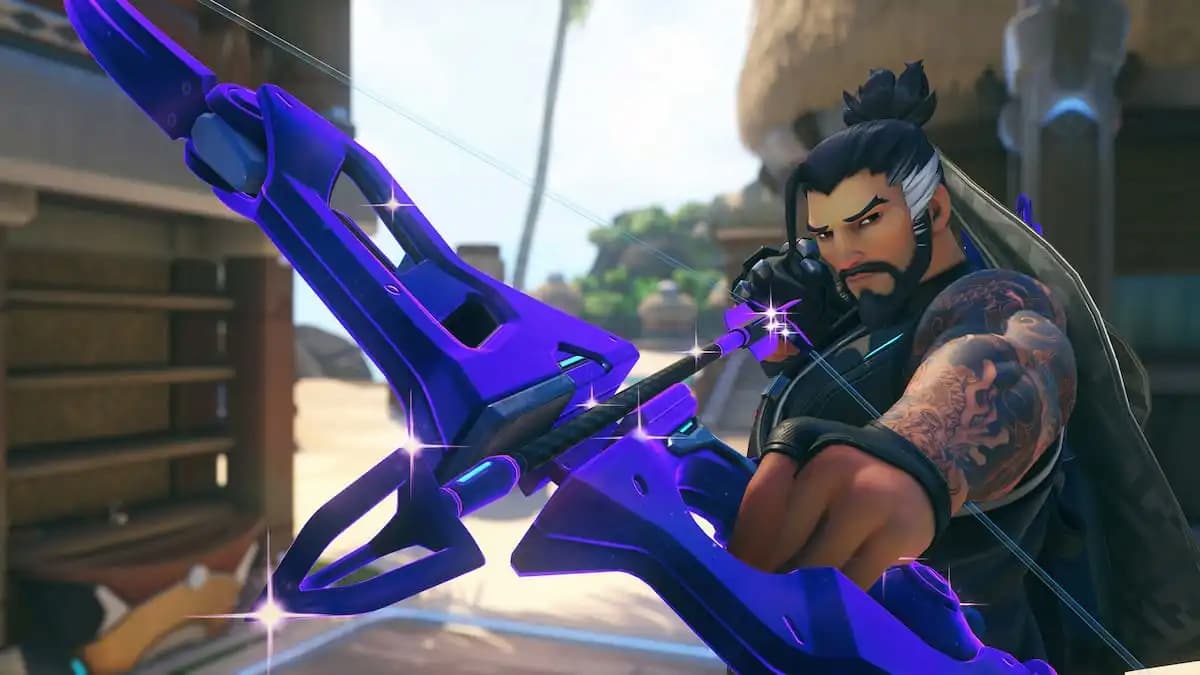
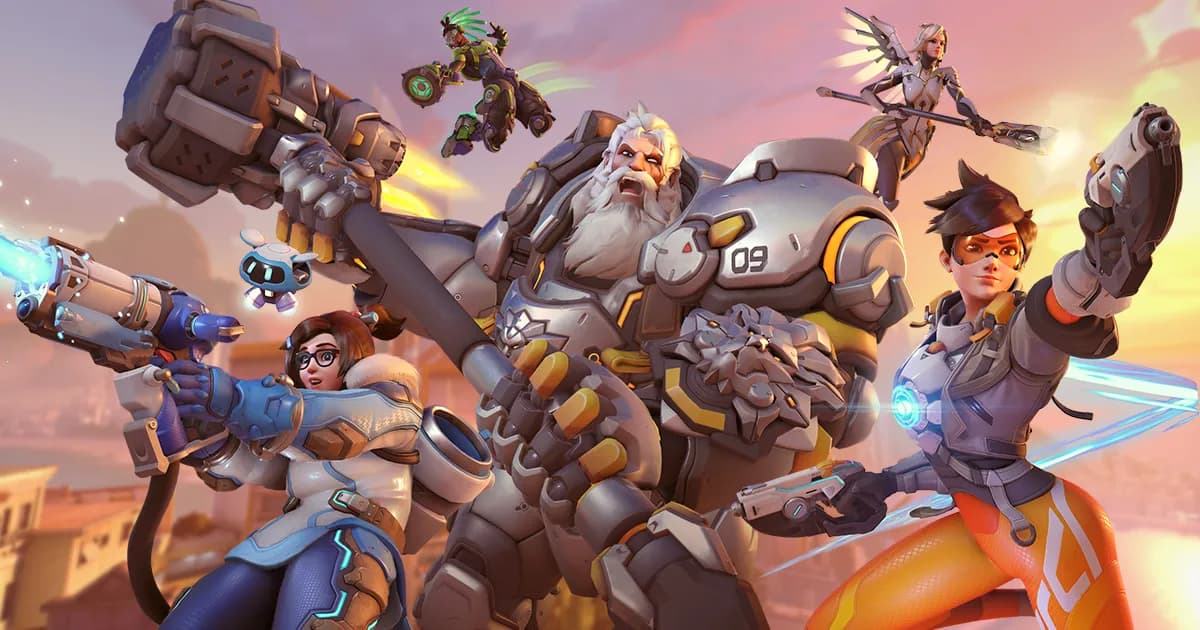
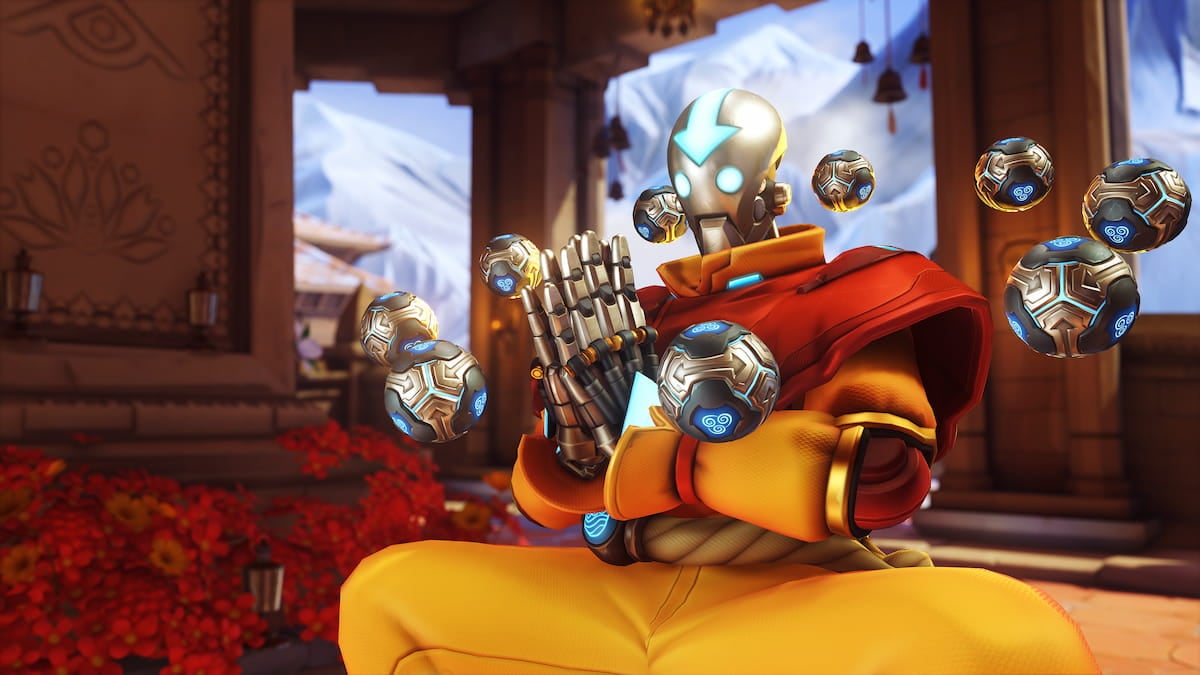
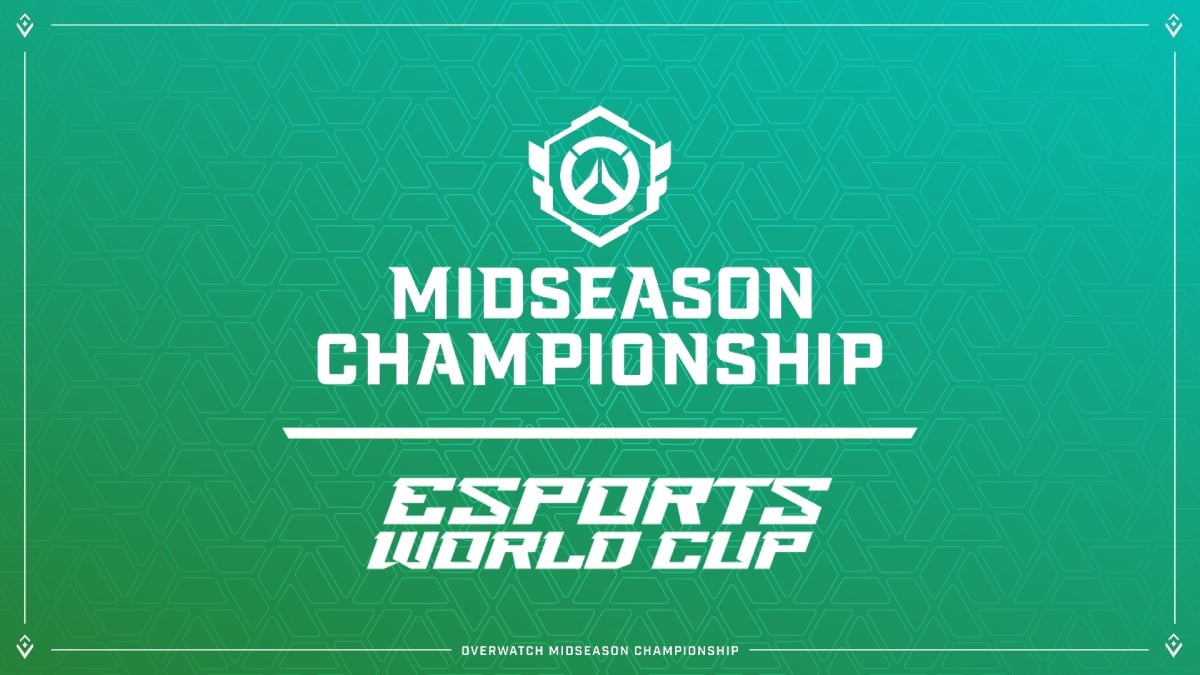
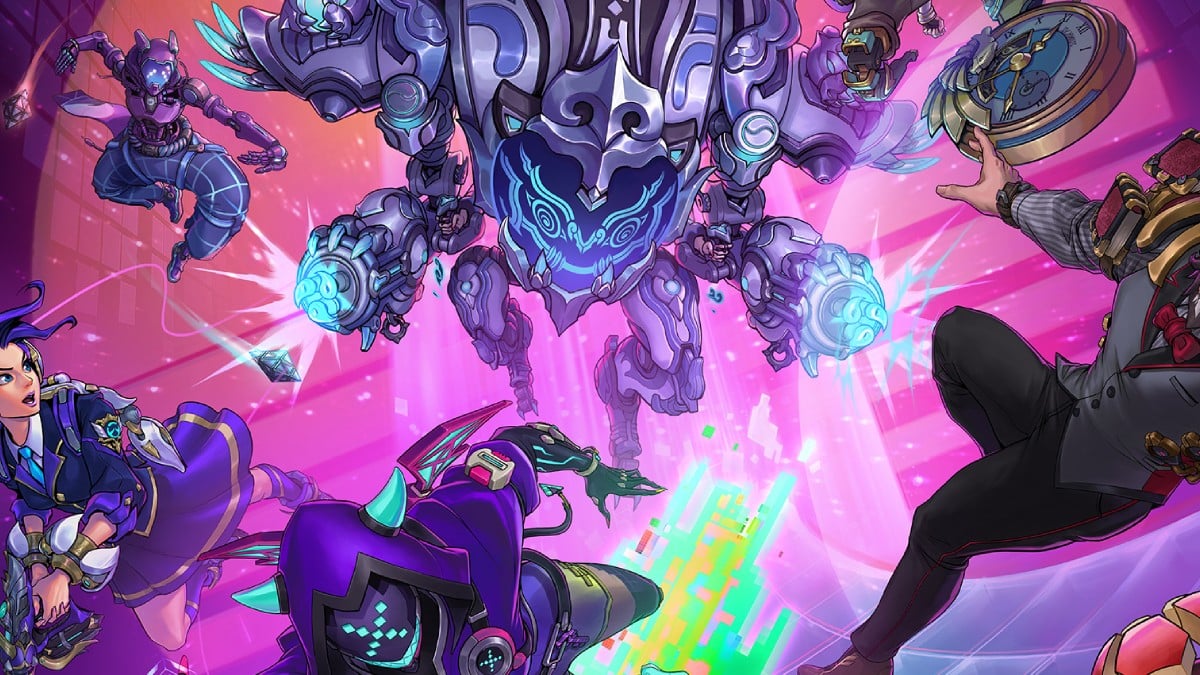
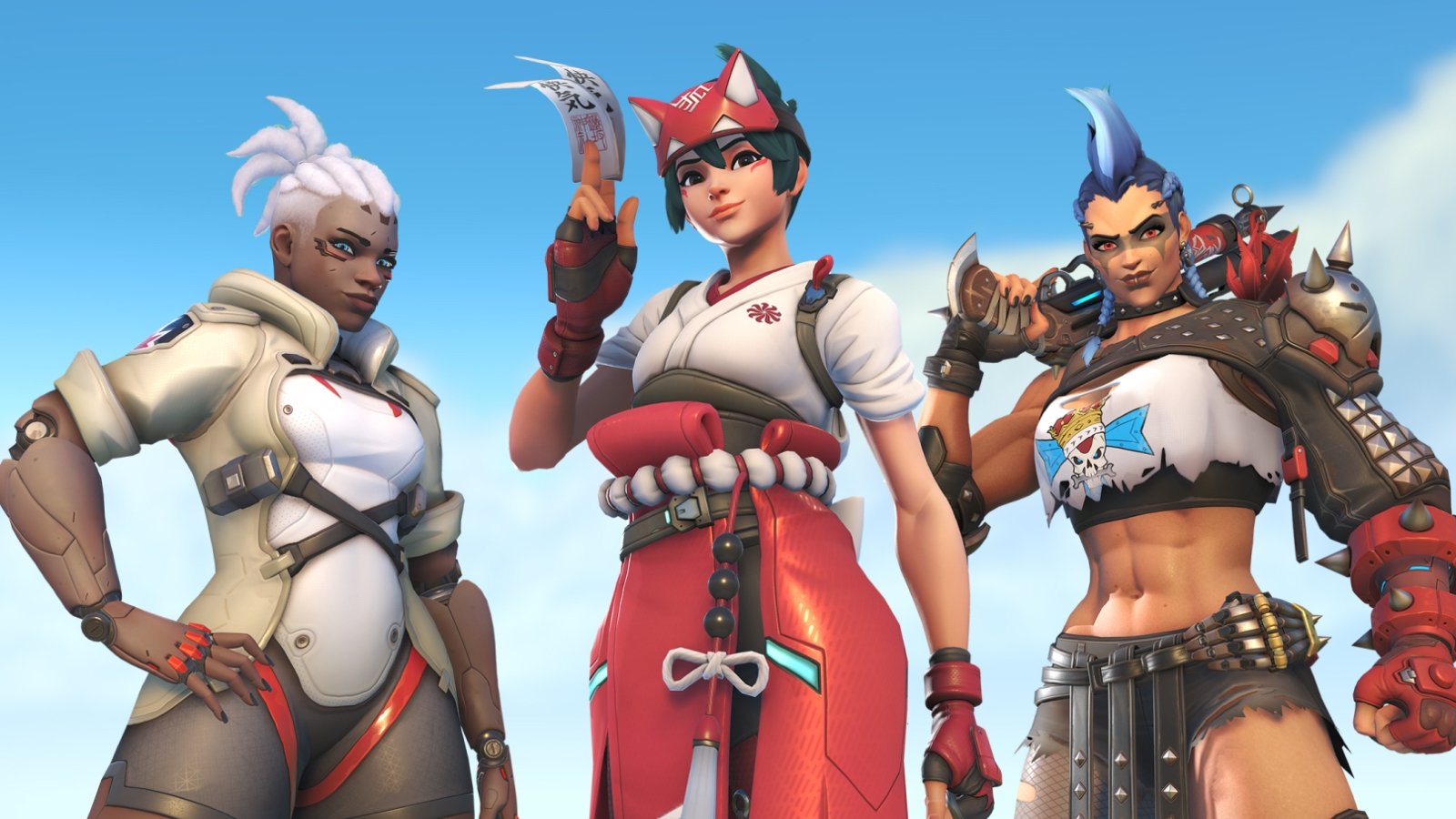
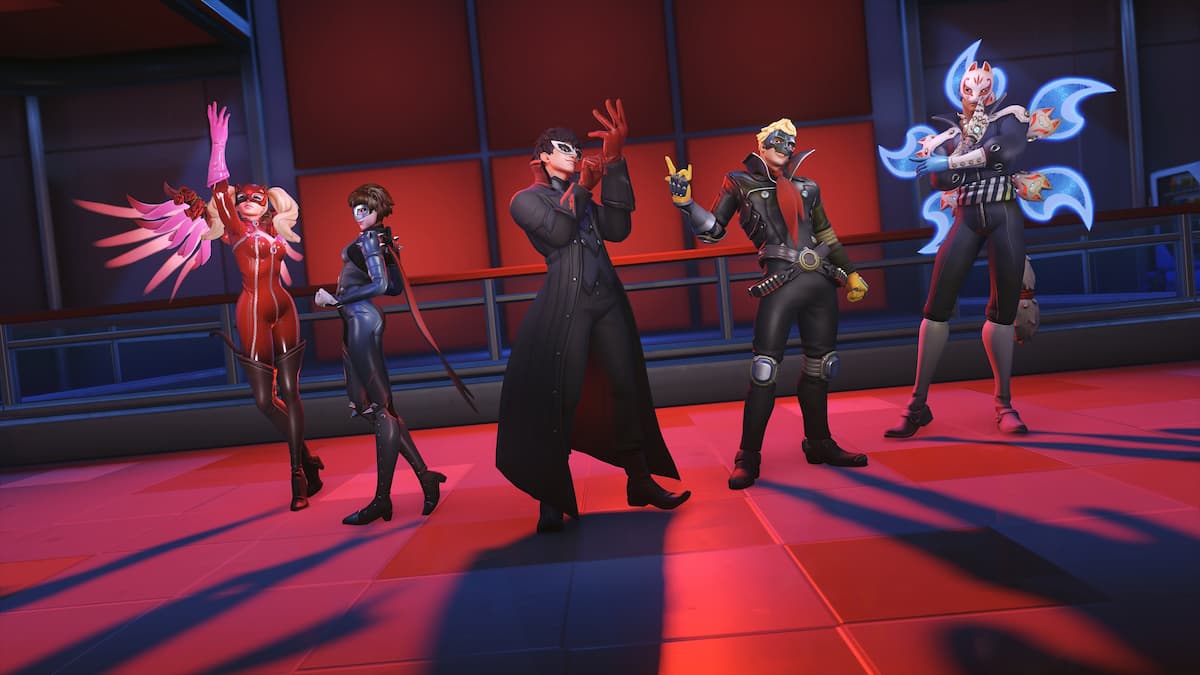
Published: Nov 26, 2018 12:34 pm